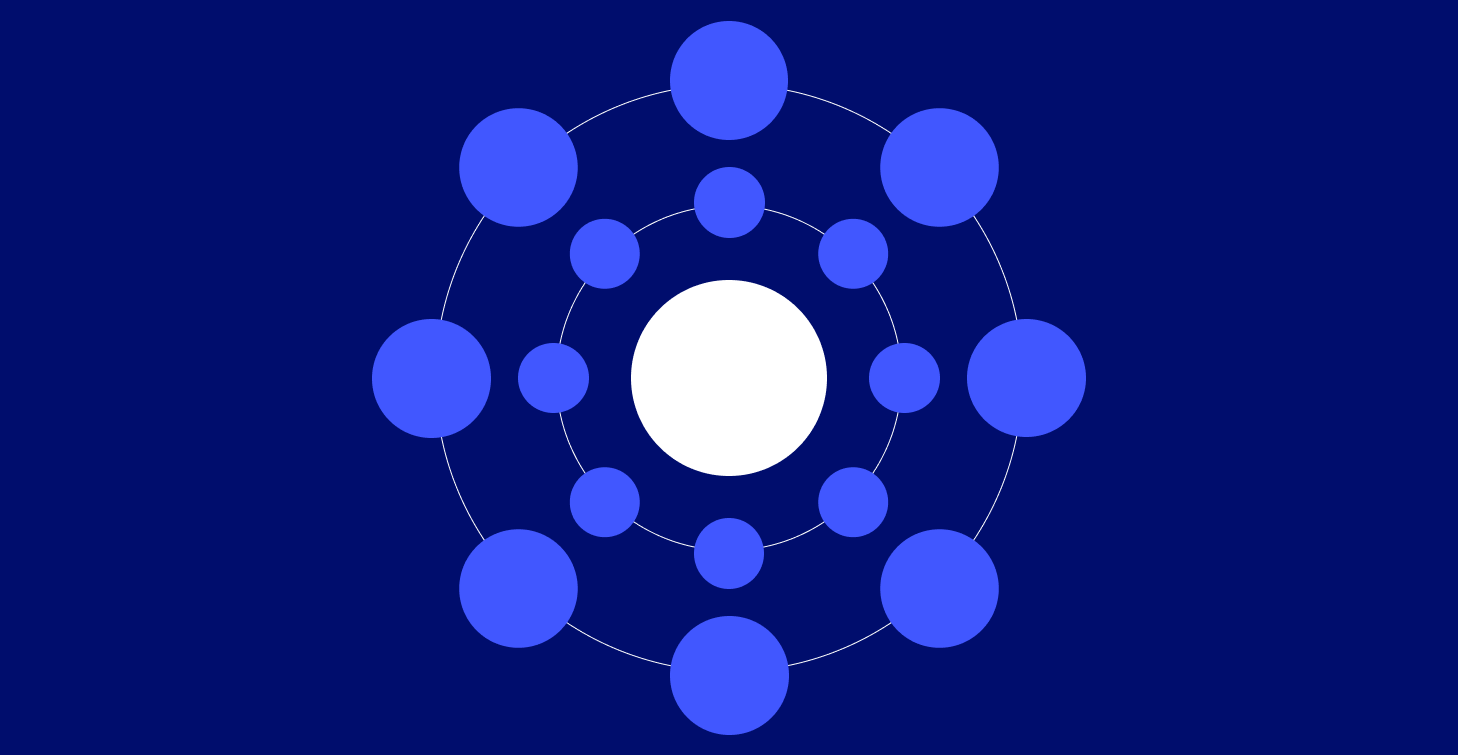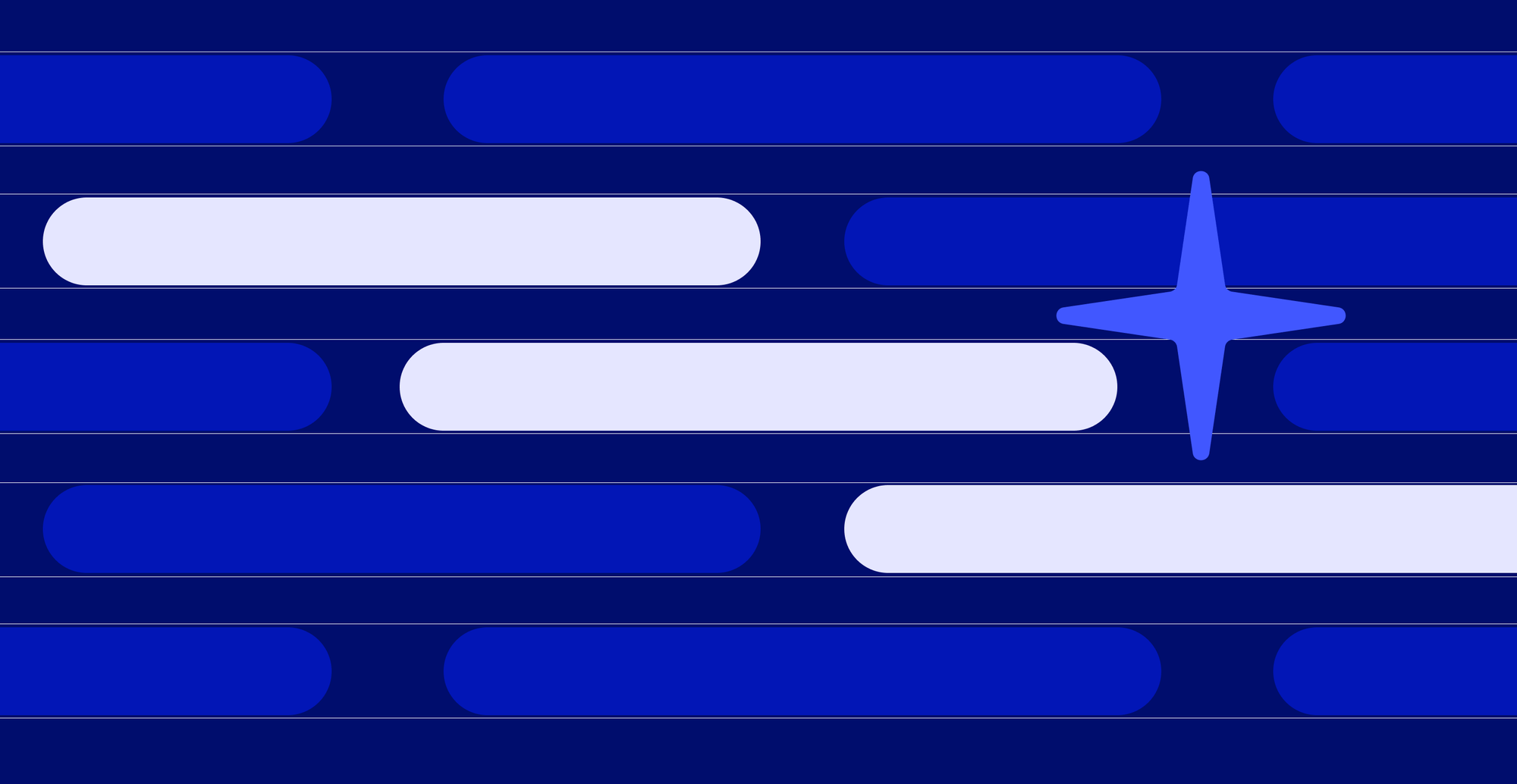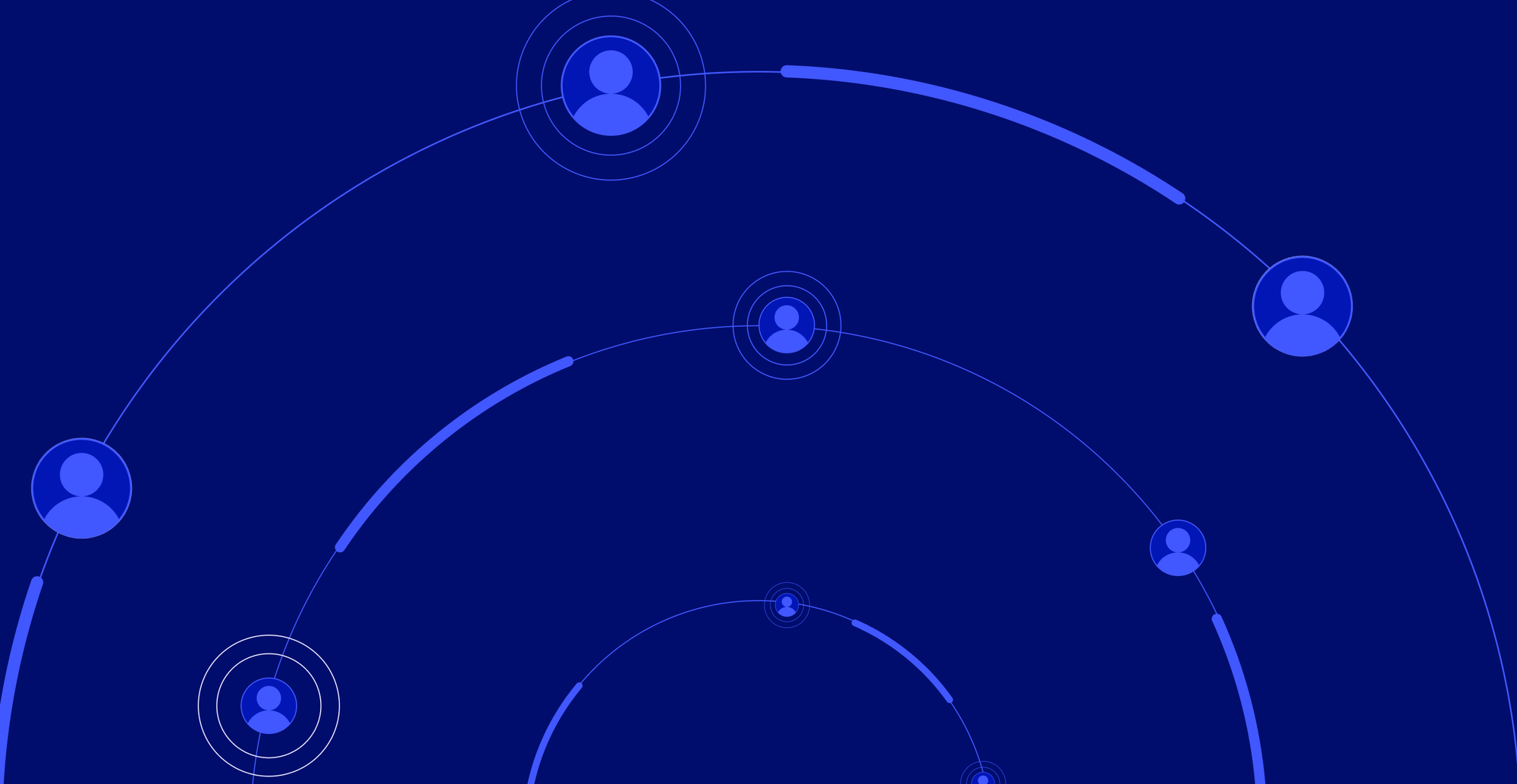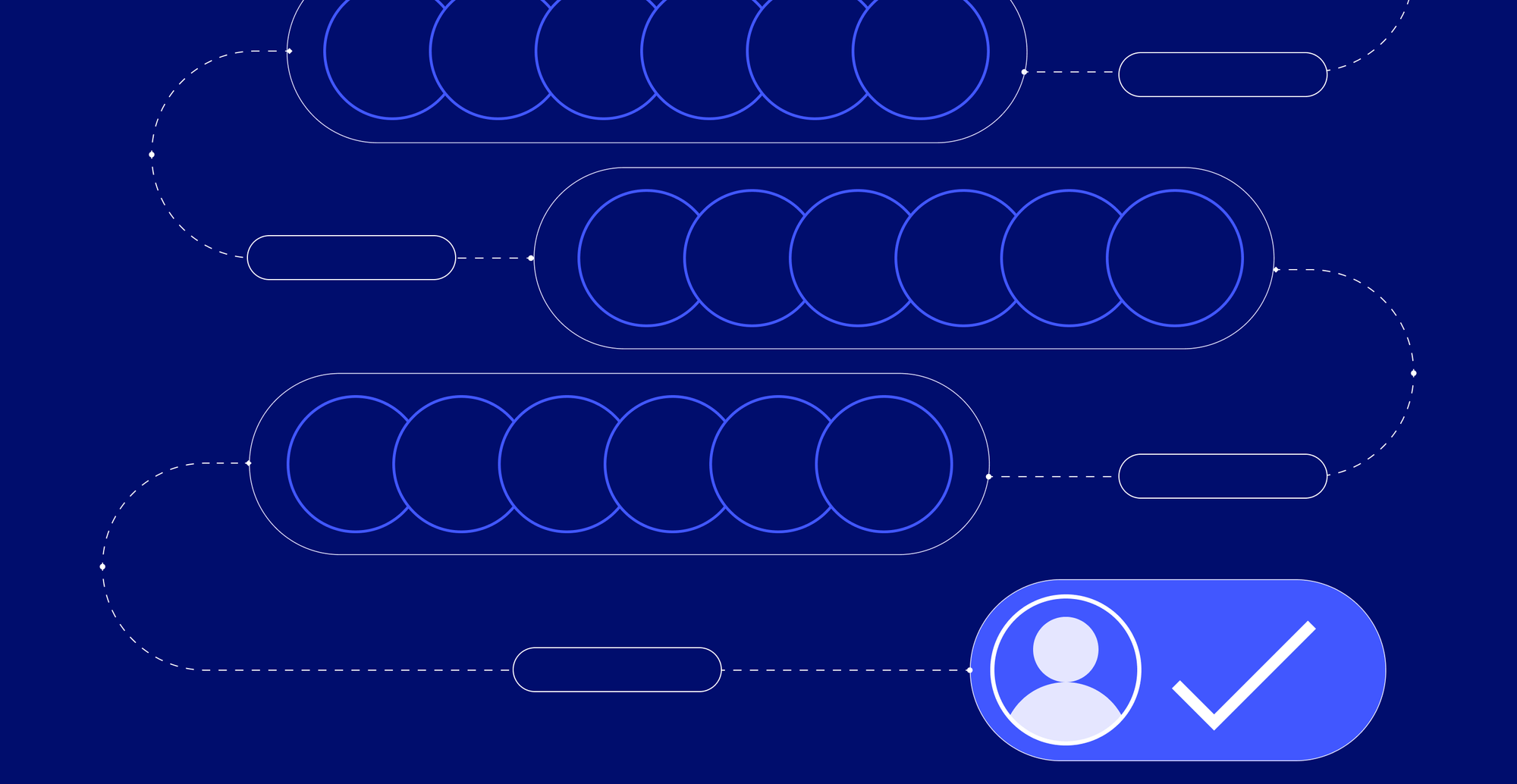Top 10 Sales Automation Tools for B2B Teams
Looking to automate your sales process? Compare 10 sales automation tools, including pricing, features, and what each platform is best for.
.jpeg)


10 Best sales automation tools for B2B teams in 2025
Sales teams in 2025 are expected to do more outreach, more personalization, and book more meetings than ever before, but with less time, fewer resources, and higher expectations.
Too much of the sales process still depends on manual effort. Reps spend hours chasing low-quality leads, updating CRMs, and writing duplicate emails, without clear visibility into pipeline movement.
The best sales automation tools help improve sales productivity, strengthen customer relationships, and help teams focus on what moves deals forward. In this guide, we break down the top sales automation software based on what they’re best for, how they work, and why your team might need them.
What is sales automation software?
Sales automation software are digital tools that simplify and automate repetitive, manual tasks throughout the sales process. These tools reduce human error and help sales teams save time and stay focused on high-value activities, like conversations, demos, and closing deals.
With sales automation tools, sales reps can rely on automation to handle tasks like:
- Lead generation and enrichment
- Contact management and data entry
- Meeting scheduling and reminders
- Sales activity tracking and reporting
- Outreach sequences across email, phone, and LinkedIn
- Workflow automation between sales and marketing teams
At a higher level, sales automation tools also give sales managers better visibility into pipeline performance, sales forecasts, and team activity, making it easier to coach reps, spot risks, and scale what works.
The 10 best sales automation tools
From qualifying leads to booking meetings, sales automation tools combine AI-powered insights with seamless CRM integration to help teams focus on selling.
In this list, we’ve broken down the top 10 platforms for B2B sales teams in 2025. For each tool, you’ll find:
- What it’s best for
- Key sales automation features and use cases
- Pros and cons from real user reviews
- Pricing (where available or reported by users)
Let’s get into it with a quick overview:
1. LoneScale: Best for live stakeholder mapping and signal-based outbound
LoneScale helps sales teams identify, prioritize, and engage the right buyers at the right time. It turns your static CRM into a live system by syncing 30+ real-time data sources to detect job changes, new hires, and buying intent.
Whether you’re mapping verified buyers in Salesforce or sourcing leads directly into HubSpot, LoneScale ensures your team has the most accurate and up-to-date data. The platform is also SOC 2 and GDPR compliant, with enterprise-grade security and regional data governance for global go-to-market teams.
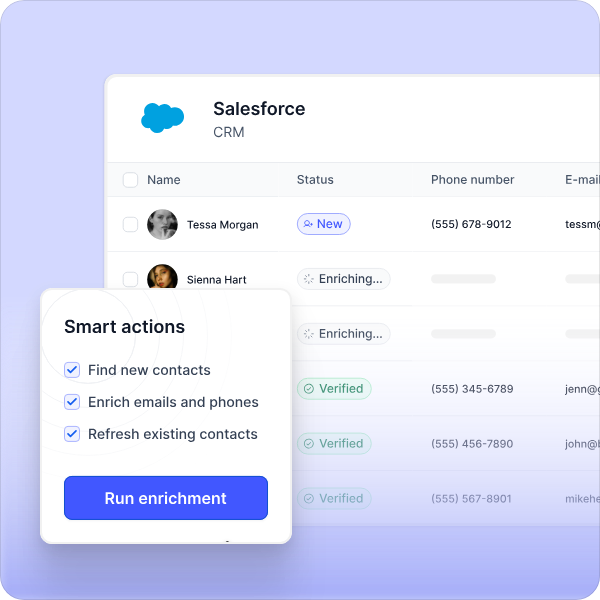
Key features and use cases
- CRM enrichment and hygiene: Populates Salesforce or HubSpot with verified, up-to-date contacts from the buying committee. Lead lists build automatically, job titles and firmographics refresh every 24 hours, and all updates sync directly.
- Waterfall enrichment: Uses over 25+ external vendors in a prioritized, customizable waterfall to maximize coverage for validated emails, phone numbers, LinkedIn profiles, and company data. Optimizes costs by using your vendor credits first and integrates directly with CRM workflows for bulk or triggered enrichment.
- Lead and Signal intelligence: Enriches inbound marketing leads (MQLs) instantly, scores and routes them, and tracks job changes in your database
- Champions tracking: Monitors when key contacts or champions move to new companies and instantly enriches those new roles for immediate follow-up—creating new pipeline opportunities
- New hires: Identifies newly hired decision-makers in target accounts, helping teams reach them early while they’re open to change and exploring new tools
- Hiring intent data: Analyzes job listings to surface buying signals from role descriptions, tool mentions, and team structures, giving go-to-market (GTM) teams insight into what prospects are planning or prioritizing
- Contact search: Lets users search for specific personas across their ICP using filters such as title, seniority, department, company size, and location
- AI agents: No-code AI agents that scan trusted web sources for GTM, summarizing findings and pushing them as signals and custom data directly into CRM fields, on a trigger or schedule
Pros and cons
Pricing
- Core: Starts at $1,000/month, up to 5k contacts (add-on up to 100k)
- Team: Starts at $2,500/month, up to 100k contacts (add-on up to 200k)
2. Unify: For triggering outbound workflows from real-time intent data
Unify automates outbound sales by using real-time intent signals to trigger personalized, multi-step sequences across email and LinkedIn. AI agents handle lead qualification, message creation, and contact enrichment, while sales and marketing teams can launch automated workflows, manage customer data, and route high-intent leads straight into their CRM software.
With built-in sales pipeline management, lead scoring, and detailed analytics, UnifyGTM helps sales professionals reduce repetitive tasks, improve customer retention, and close more deals.
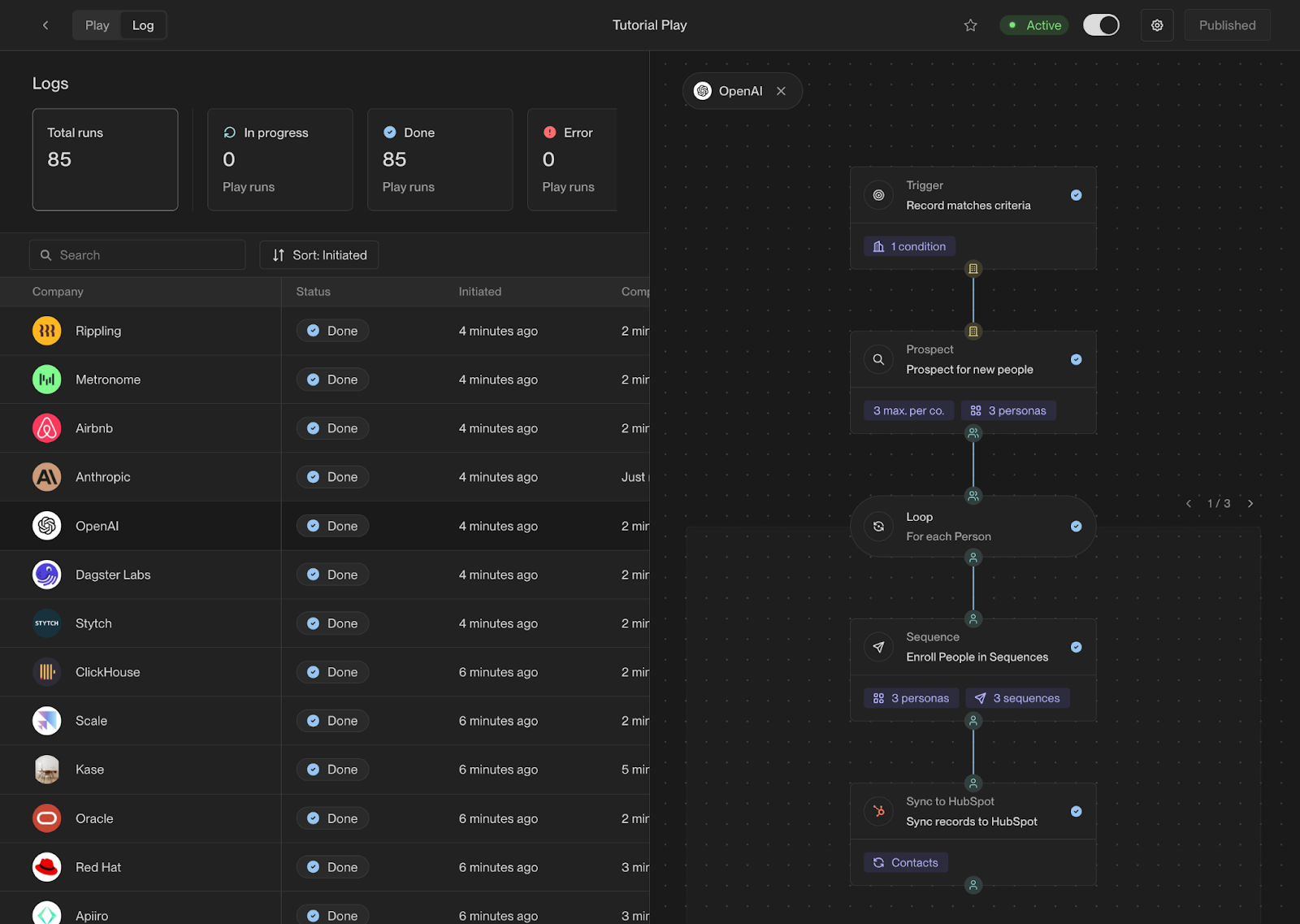
Key features and use cases
- Intent signal capture: Tracks real-time buying signals from multiple sources to identify potential customers and prioritize sales leads
- AI-powered lead research: Automates repetitive sales tasks like prospect research, contact enrichment, and message drafting using AI agents
- Multi-channel outreach sequences: Launches personalized sales communication across email, LinkedIn, and phone (in development), reducing manual effort for sales reps
- CRM integration and pipeline management: Syncs with CRM software to update customer data automatically and support full sales pipeline management from one platform
Pros and cons
Pricing
Unify only offers annual plans:
- Growth: $1,460/month (billed annually)
- Pro: Custom quote
- Enterprise: Custom quote
3. Lemlist: For multichannel outreach and sales engagement at scale
Lemlist helps sales and marketing teams create and automate multi-channel campaigns. From personalized cold emails with dynamic images and video to LinkedIn steps and manual call tasks, lemlist gives sales reps the tools to run smart, data-driven outreach sequences.
Features like Lemwarm improve email deliverability, while detailed campaign analytics and unified inboxes give sales managers visibility across the entire sales cycle.
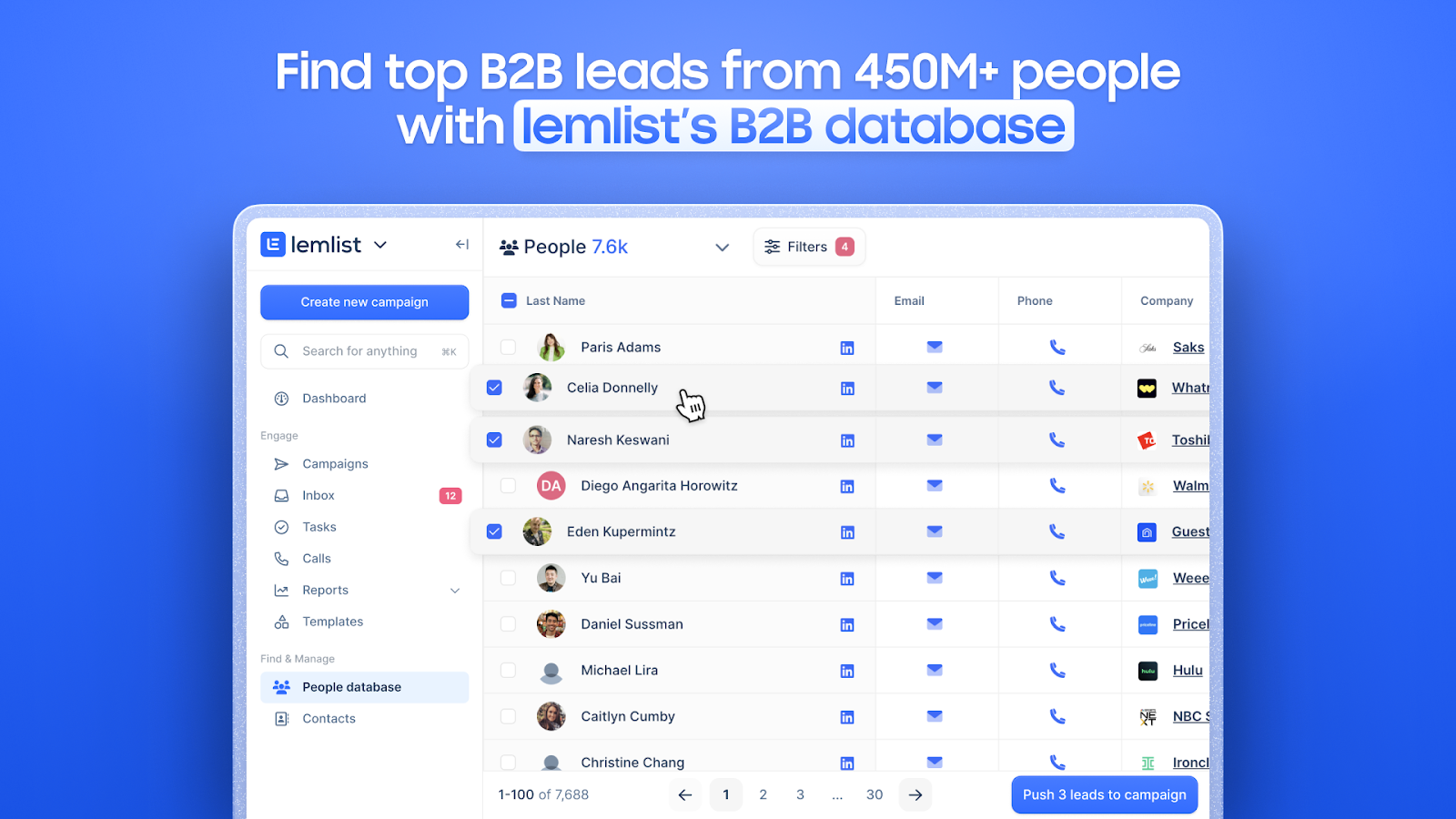
Key features and use cases
- AI-powered sequence builder: Generate complete outreach campaigns based on prompts, with automated branching and logic for different buyer responses
- Waterfall enrichment: Validate and enrich contact data using multiple sources to improve lead quality and reduce bounced emails
- Unified inbox with task assignment: Manage replies across email and LinkedIn, assign follow-ups to team members, and track all sales conversations in one place
- Native CRM and workflow integrations: Connect lemlist to tools like HubSpot, Salesforce, and Zapier to automate the flow of customer data and reduce manual data entry
Pros and cons
Pricing
- Email Pro: $69 per user/month with a 14-day free trial
- Multichannel Expert: $99 per user/month with a 14-day free trial
- Enterprise: Custom quote
4. UserGems: Best for warm leads
UserGems helps teams re-engage past champions when they switch jobs. It tracks buying signals, enriches customer data, and triggers automated workflows using AI and CRM software. Sales reps save time on data entry and repetitive tasks, while sales managers get better sales pipeline management and forecasting.
UserGems integrates workflow automation, sales force automation software, and a sales automation CRM to help sales teams improve customer retention and manage customer relationships.
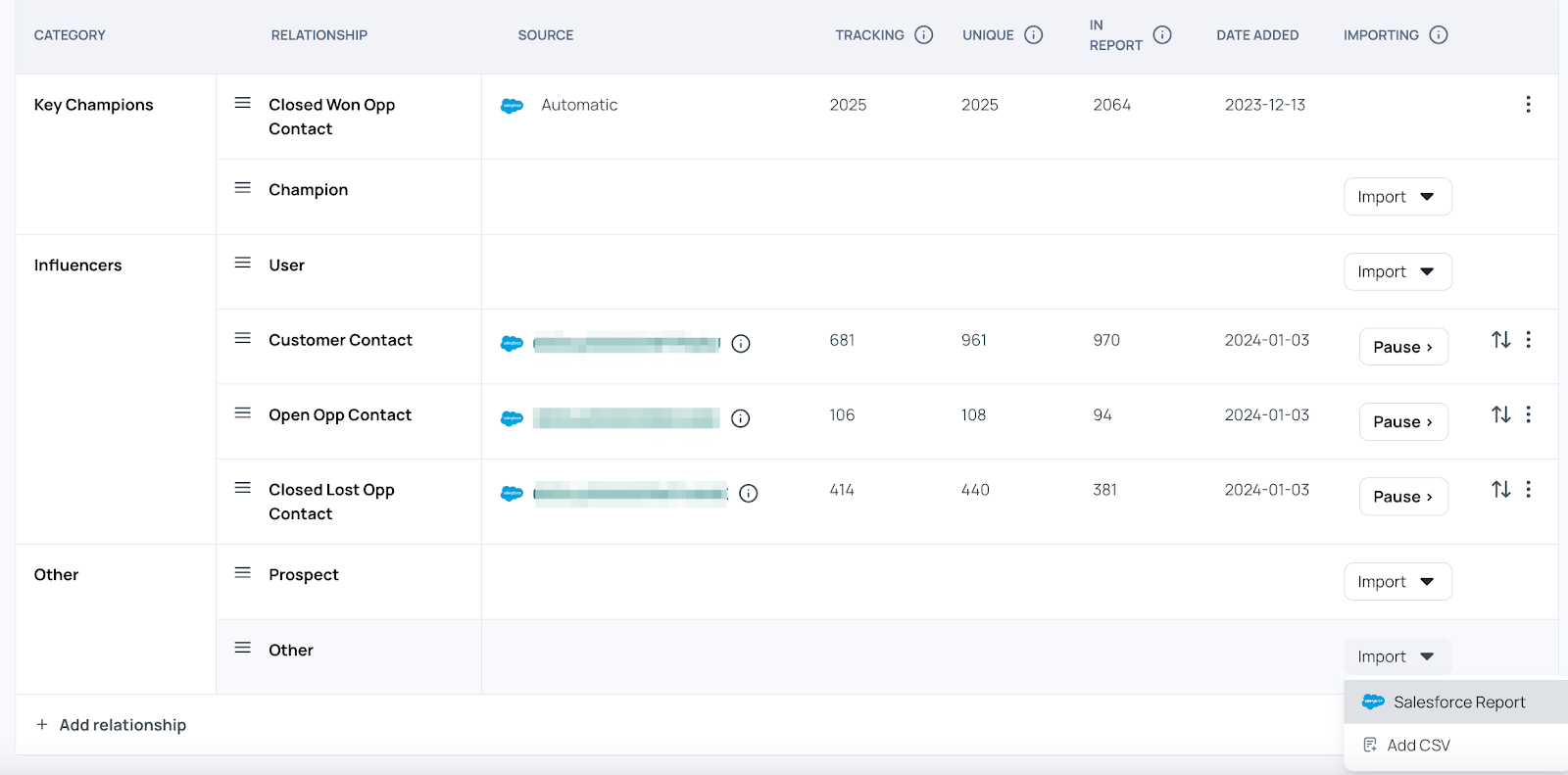
Key features and use cases
- Job change tracking: Automatically tracks when your past customers, champions, or closed-lost leads change jobs, turning them into actionable leads with warm re-entry points
- Buyer intent detection: Monitors trigger events like new hires, promotions, and buying activity across your target accounts, helping your team prioritize sales pipeline outreach
- CRM workflow automation: Creates or updates records with up-to-date contact data, enriches profiles, and triggers outreach sequences directly in Salesforce, HubSpot, and other tools
Pros and cons
Pricing
UserGems offers three plans:
- Core: $30,000/year
- Advanced: $51,000/year
- Elite: $72,000/year
5. Outreach: For AI-powered sales and pipeline management
Outreach simplifies outbound sales by automating cold emails, follow-ups, and meeting scheduling. Its AI-powered automation tools track sales calls, emails, and meetings, summarize outcomes, and suggest next steps to keep deals moving through the sales pipeline.
With sales automation features like lead scoring, sales pipeline management, and sales data analysis, Outreach helps marketing and sales teams focus on high-priority opportunities.
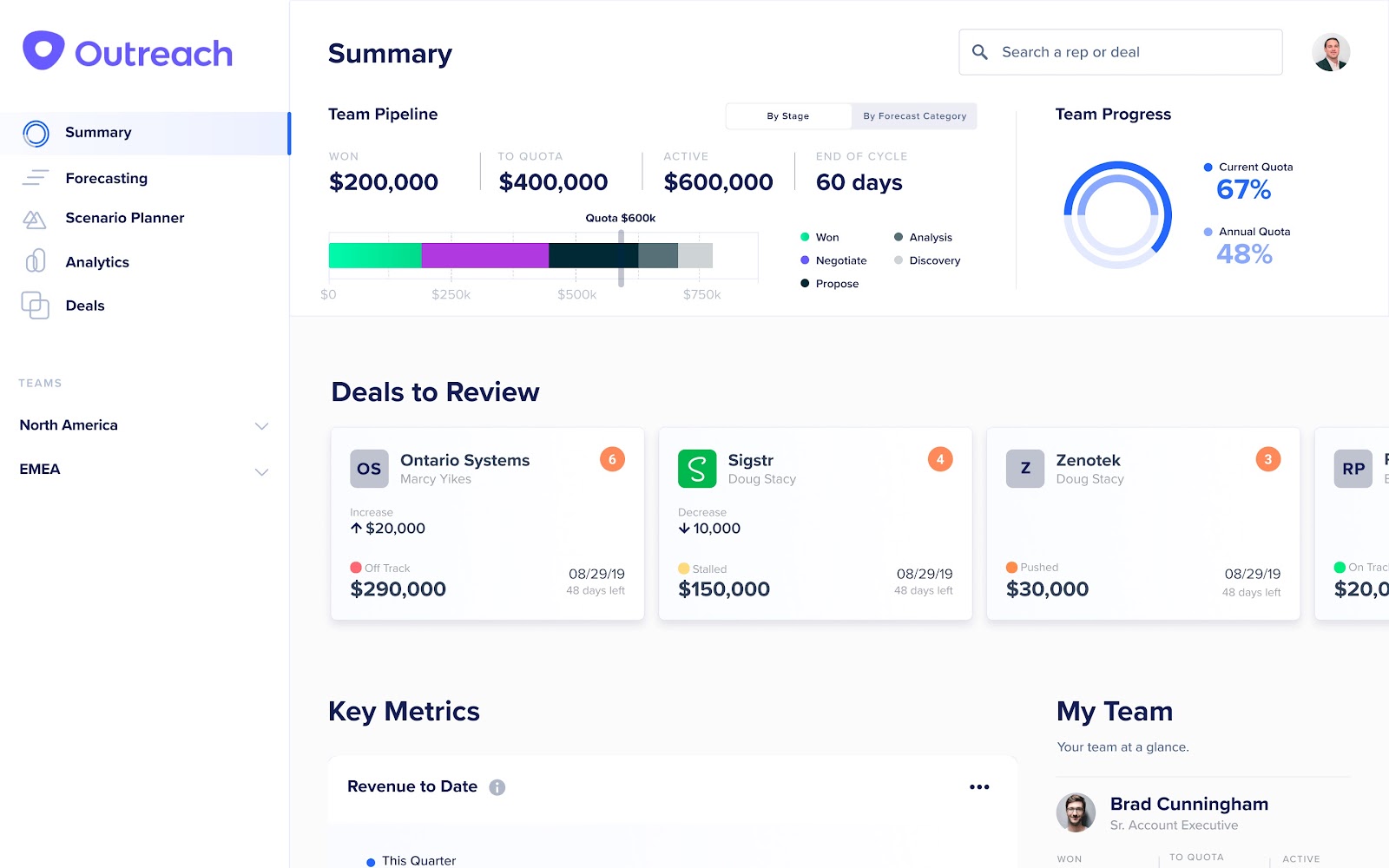
Key features and use cases
- Conversation intelligence (Outreach Kaia™): Provides live call transcription, highlights key moments, and generates post-meeting summaries with action items
- Mutual action plans: Allows reps to co-create deal timelines and next steps with buyers, keeping both sides aligned during long sales cycles
- A/B testing in sequences: Lets teams test subject lines, messaging, and sequence steps to optimize for higher engagement and conversion
Pros and cons
Pricing
Outreach does not list pricing on its website. Instead, you must fill out a detailed form and wait for a sales follow-up.
Here’s what we found based on Reddit threads:
- Starting price is commonly cited as ~$100 per user per month, billed annually (or $1,200 per year)
- Some Reddit users report paying $3,000+ per user per year, depending on plan and features
6. Gong Cadence: For structuring high-converting outreach across the sales cycle
Gong Cadence helps sales teams build and follow consistent outreach workflows across email, phone, and LinkedIn. It standardizes sales communication with predefined steps, reducing time-consuming tasks and improving sales productivity.
With Gong Cadence, sales reps know exactly when and how to follow up, while sales managers can track engagement, update CRM software automatically, and optimize the sales process with real data.
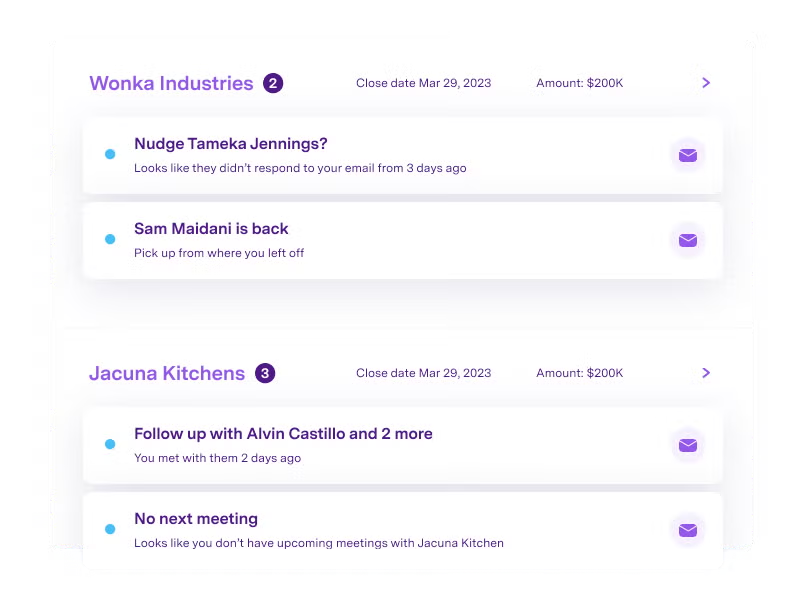
Key features and use cases
- Pre-built sales cadences: Create structured, repeatable outreach flows to guide sales reps through each stage of the sales cycle
- Multi-channel touchpoints: Combine email, phone calls, and LinkedIn steps into a single, unified cadence
- Performance tracking: Monitor response rates, sales activity, and engagement data to improve sales pipeline management
- CRM integration: Sync customer data and automate updates to reduce manual data entry and maintain accurate records
Pros and cons
Pricing
Gong does not list pricing publicly. However, based on Reddit threads and user reports, it’s widely considered one of the more expensive sales tools on the market.
- Platform fee: ~$5,000 annually (sometimes negotiable)
- Per-user license: $1,200–$1,600 per user/year (billed annually)
- Onboarding fee: ~$7,500 one-time for implementation and training
- Contract terms: Typically requires a multi-year commitment, often 3 years
7. Nooks: For high-volume outbound teams that need live conversations
Nooks is a parallel dialer with built-in AI coaching. It lets reps call multiple numbers at once, skips voicemails automatically, and logs call notes directly into your CRM. Reps can also join virtual sales rooms for live coaching, call shadowing, or AI-generated feedback.
Beyond calling, Nooks helps build lead lists, enrich contact data, and draft emails based on previous conversations.
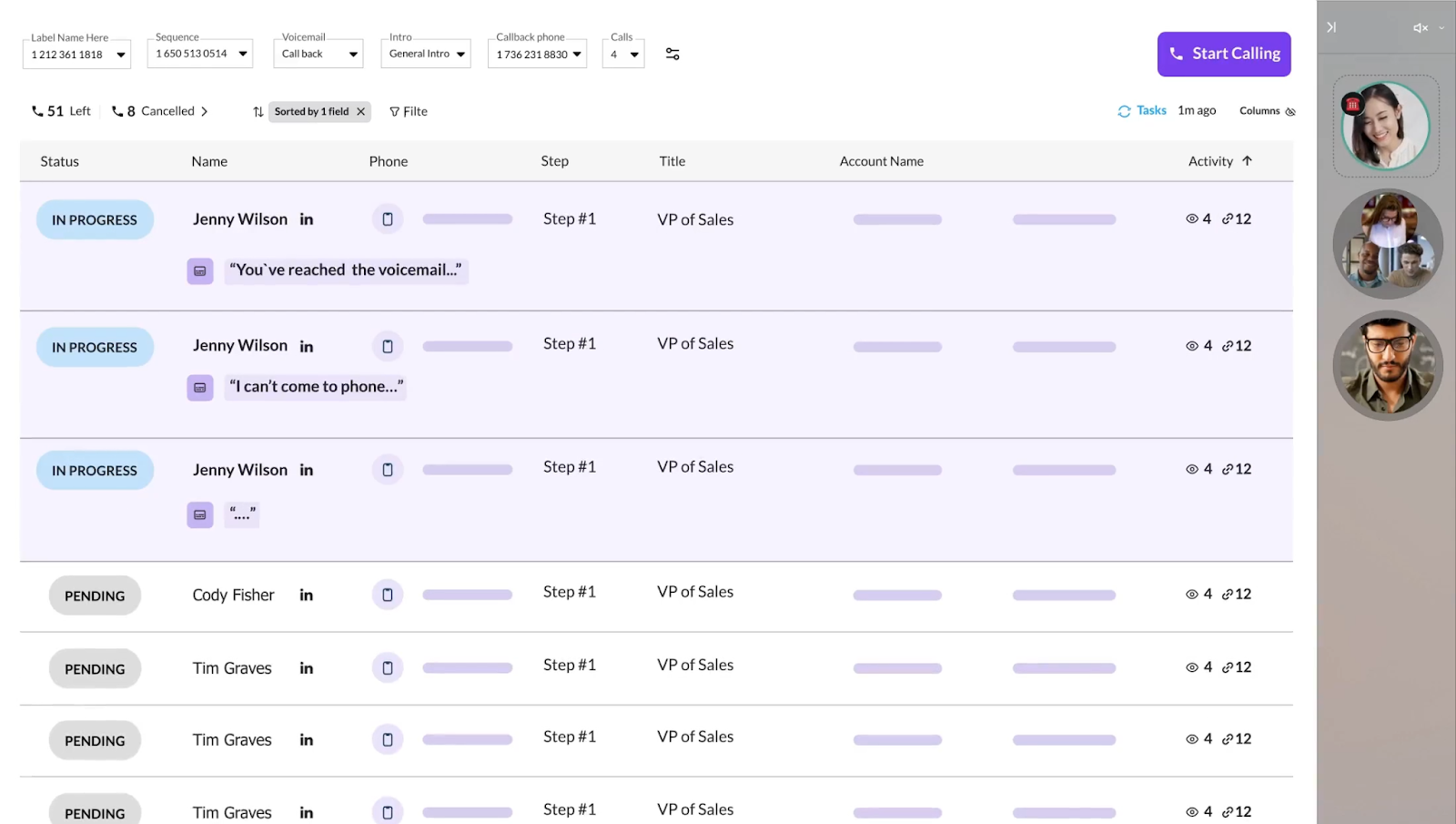
Key features and use cases
- Parallel dialing: Reps can call up to six numbers at once and connect only when a real person answers—no waiting, no voicemails
- Virtual sales floor: Join live rooms for coaching, shadowing, and collaboration during real-time calls
- AI-powered call logging: Automatically logs notes, summaries, and outcomes to your CRM after each call
- AI prospecting assistant: Builds and enriches lead lists, scores accounts, and generates personalized emails based on conversation data
Pros and cons
Pricing
Nooks does not publicly list pricing on its website, but here’s what we found from Reddit threads:
- Annual cost per user typically ranges from $2,500 to $4,000
- Full-team rollouts average around $23,000 per organization, depending on the number of seats and features included
8. Orum: For coaching reps while they dial
Orum helps sales teams connect with more prospects using parallel dialing—but what sets it apart is how it builds coaching into every call. Managers can monitor live conversations, give feedback in real time, and review AI-scored calls with reps after.
Orum also offers roleplay bots and call libraries to help teams sharpen their outreach, not just scale it.

Key features and use cases
- Parallel dialing: Dials multiple numbers at once and connects reps only when a real person answers, skipping voicemails and bots
- Live call coaching: Managers can listen in, coach in real time, and provide feedback without interrupting the call
- AI scorecards: Automatically evaluate calls across criteria like opener, tone, and objection handling, and then provide coaching insights
- Call libraries and roleplay bots: Reps can train with AI-simulated scenarios and study top-performing calls to improve skills
Pros and cons
Pricing
- Launch: $250 per user/month, billed annually with a minimum of three seats
- Ascend: Custom quote
9. Salesloft: For multichannel engagement
Salesloft combines multichannel outreach like email, calls, and social media, with deal insights and AI-powered coaching to improve seller performance. The platform lets SDRs, account executives, and managers work together from one system, with features like cadence management, conversation intelligence, and pipeline scoring.
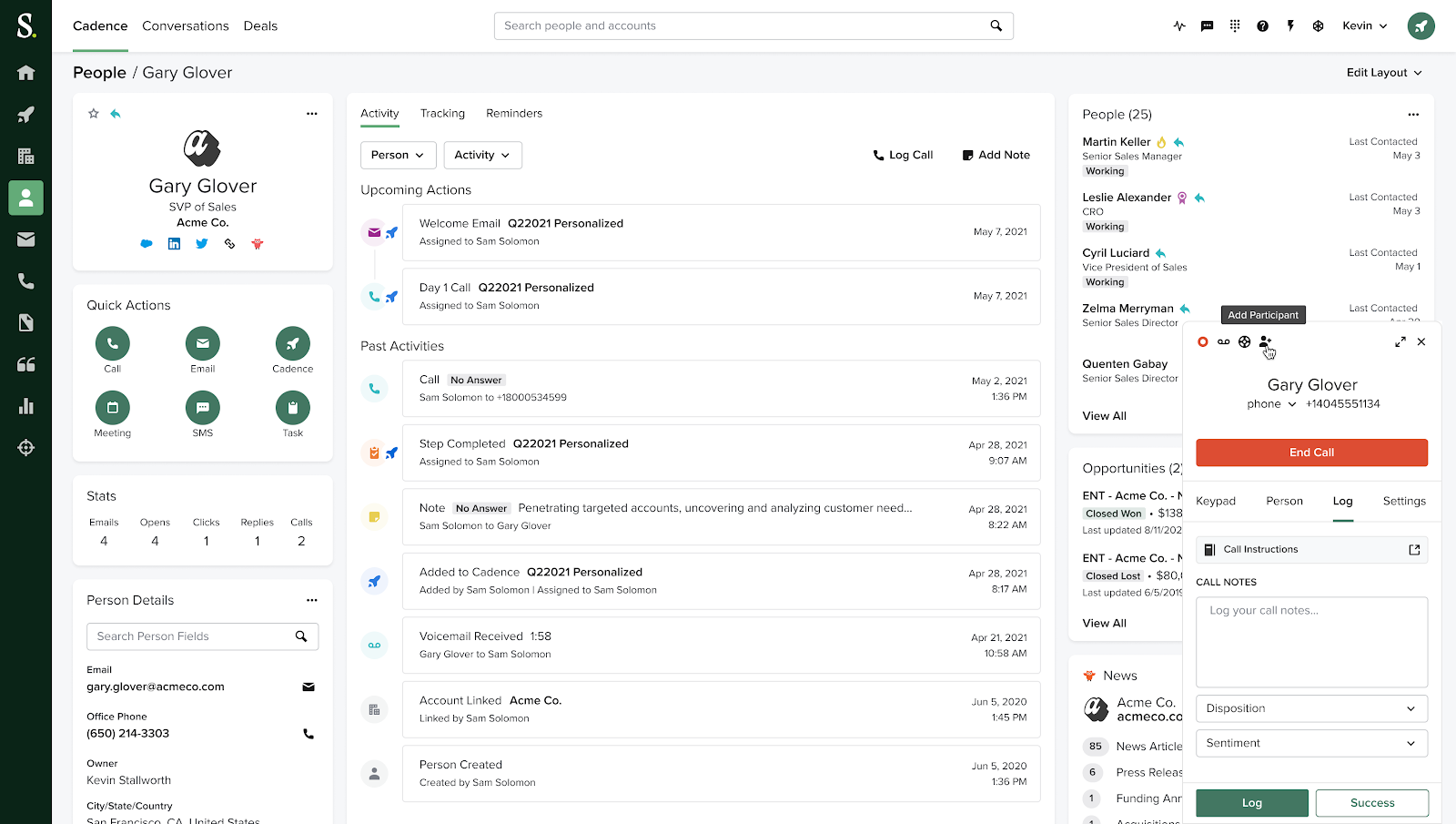
Key features and use cases
- Cadence automation: Create personalized outreach workflows across email, calls, and social in a single platform
- Conversation intelligence: Record, transcribe, and analyze sales calls for coaching and performance tracking
- CRM integration: Syncs automatically with Salesforce, HubSpot, and Microsoft Dynamics to keep records updated
Pros and cons
Pricing
Salesloft doesn’t have a public pricing page. To get access, you’ll need to book a demo and speak to sales, which makes comparing or budgeting upfront harder than it should be.
Based on Reddit discussions, here’s what to expect:
- Typical range is around $125–$165 per user/month, depending on plan and features
- Enterprise plans can run between $20,000–$120,000/year, depending on team size and add-ons
10. Apollo.io: For automating outbound workflows at scale
Apollo.io combines millions of B2B contact cards with built-in sales engagement tools and verified emails, call tracking, sequences, and AI-written emails—all tied to workflow automation. It’s especially useful for high-volume outreach and lead generation.
Apollo.io lacks job change alerts, relationship signals, and real-time buyer intent data, so it’s less effective for teams that prioritize warm, signal-based prospecting.
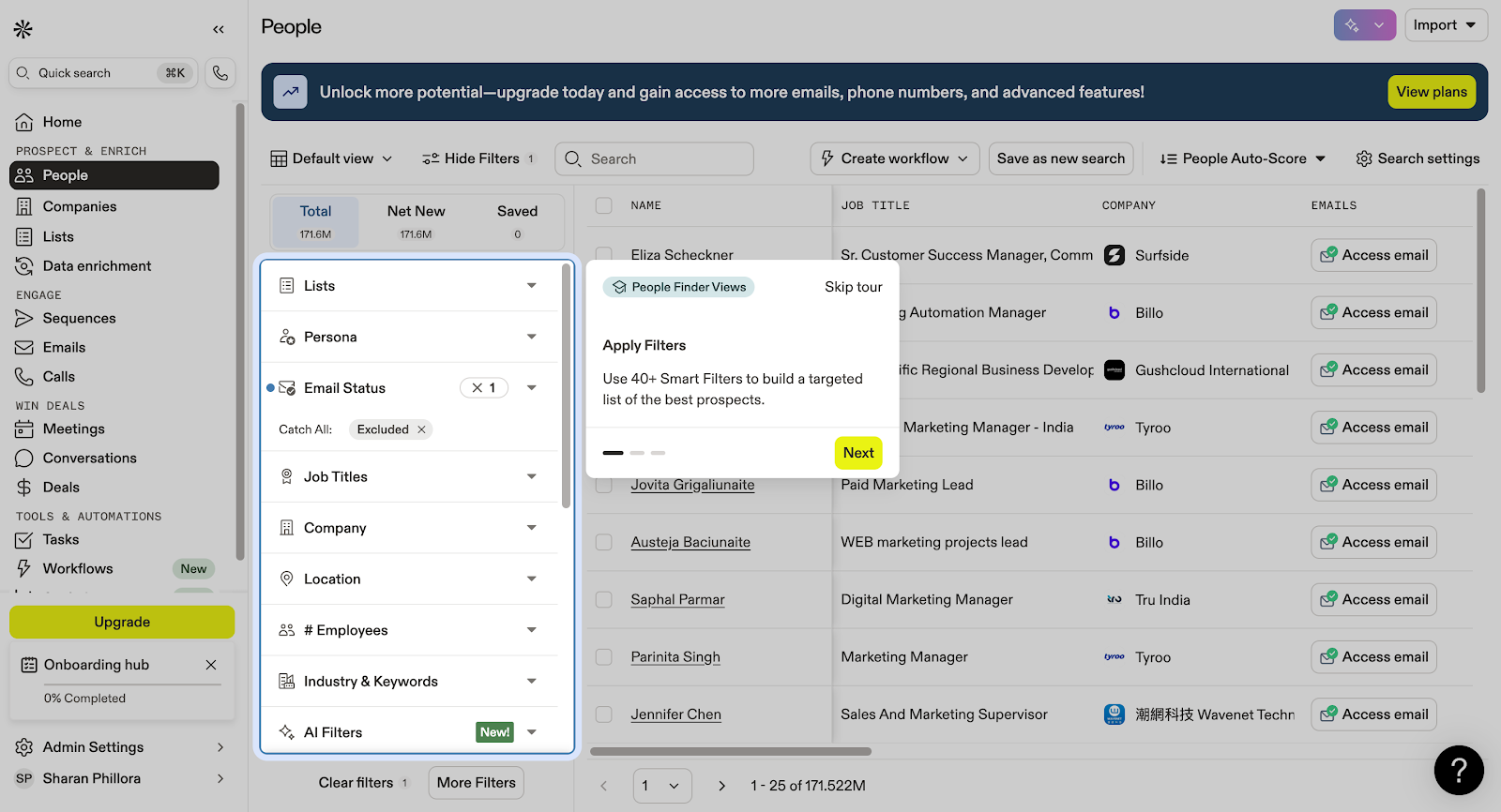
Key features and use cases
- Chrome extension: Access contact details and company data directly from LinkedIn or company websites without leaving your workflow
- Automated email sequences: Build multi-step email cadences to drive consistent sales engagement without manual follow-ups
- CRM integration: Syncs with tools like Salesforce and HubSpot to ensure up-to-date lead records and streamline your data management process
Pros and cons
Pricing
- Free plan
- Basic plan: $49 per user/month (billed annually)
- Professional plan: $79 per user/month (billed annually)
- Organization Plan: $119 per user/month (billed annually)
Automate key sales activities with LoneScale
Most sales automation platforms solve one piece of the puzzle, like sequencing, enrichment, or CRM-sync. But few give your team the timing, context, and verified data needed to consistently reach buyers when it matters.
That’s where LoneScale can help.
LoneScale’s plug-and-play live-data engine fills missing contacts, appends 40+ verified datapoints, and refreshes every record daily from 30+ trusted sources—no exports, no scripts, no maintenance. Plus, with AI research agents, you can scan trusted web sources, summarize findings, and write standardized fields into your CRM.
LoneScale automates your Sales and Marketing team’s manual work to help you identify top priority buyers that are ready to buy right now, helping you prioritize the warmest contacts and accounts for outreach.
Successful sales start with great data. So start there.
Prospect smarter with live stakeholder mapping
One click in Salesforce reveals the entire verified buying committee with accurate contact details and keep stakeholders up-to-date. It’s not just “updated often” — it’s actually live.




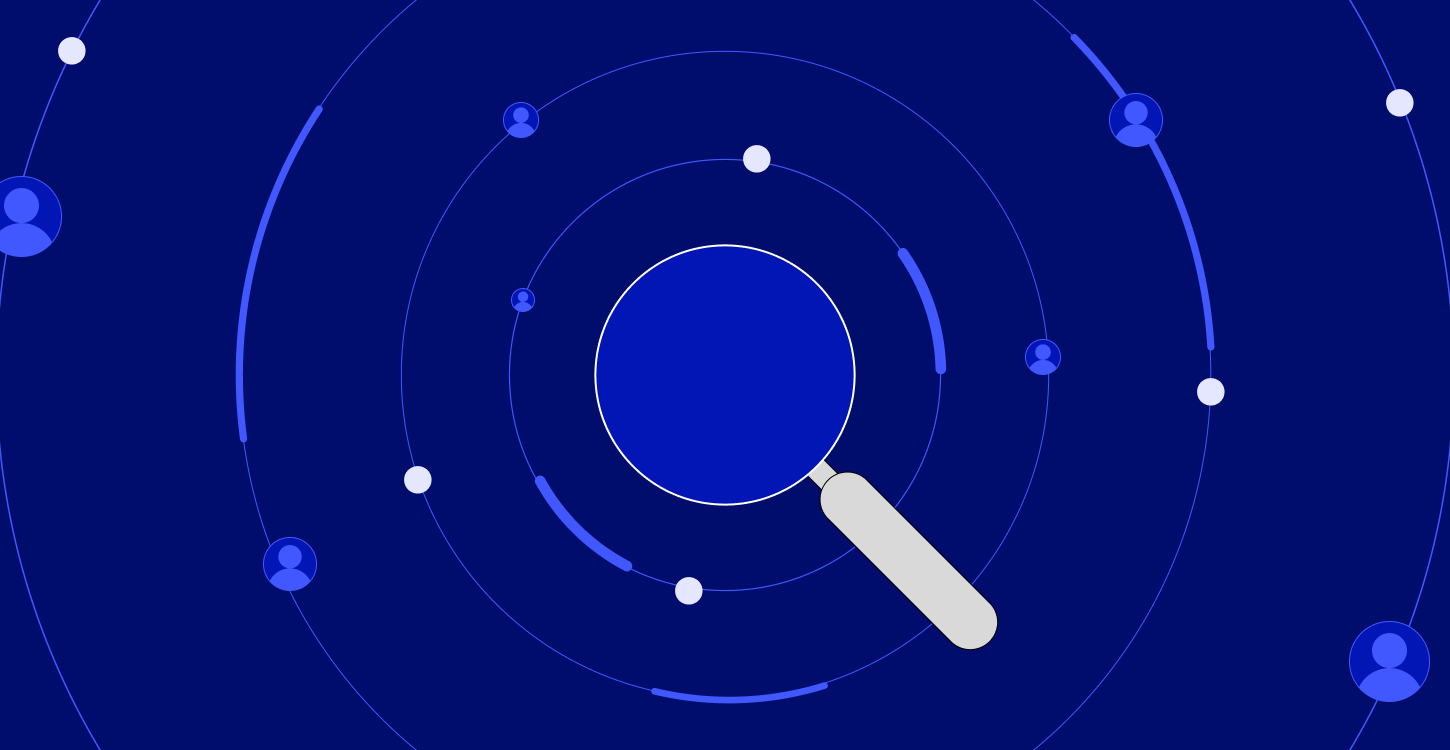
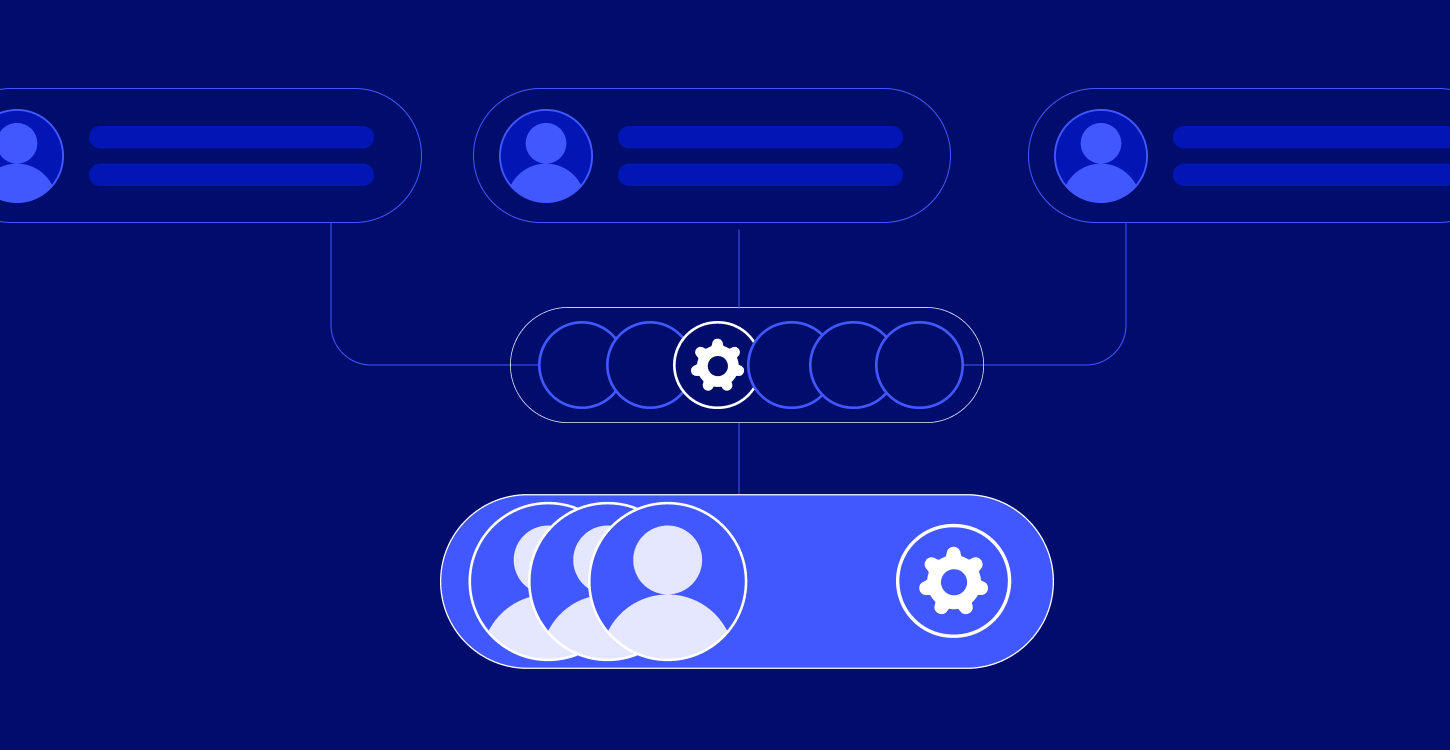
.png)
